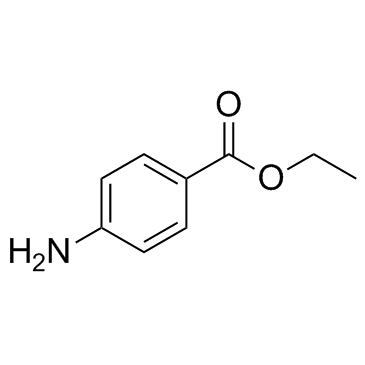| Structure | Name/CAS No. | Articles |
|---|---|---|
 |
Benzocaine
CAS:94-09-7 |
|
 |
2-Indanamine
CAS:2975-41-9 |
|
 |
MDAI
CAS:132741-81-2 |
|
 |
2-aminoindane HCl
CAS:2338-18-3 |